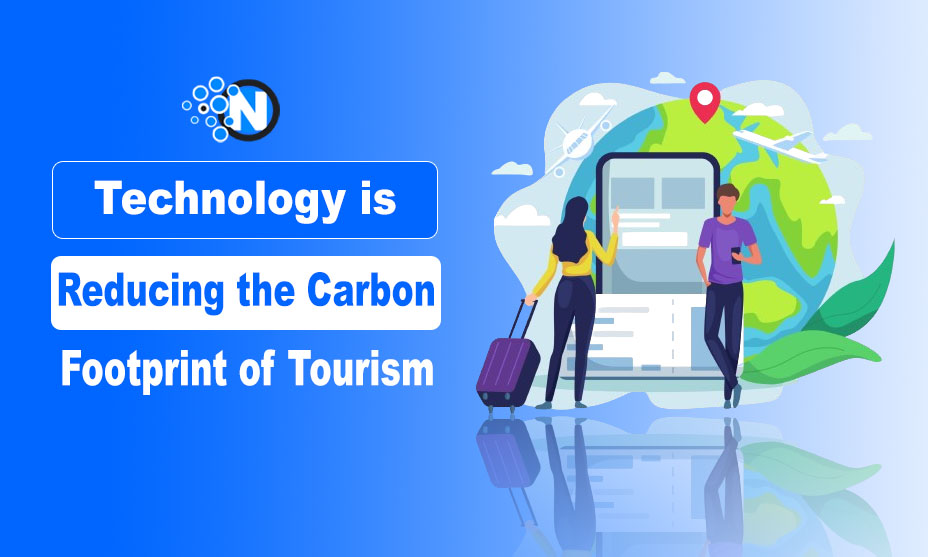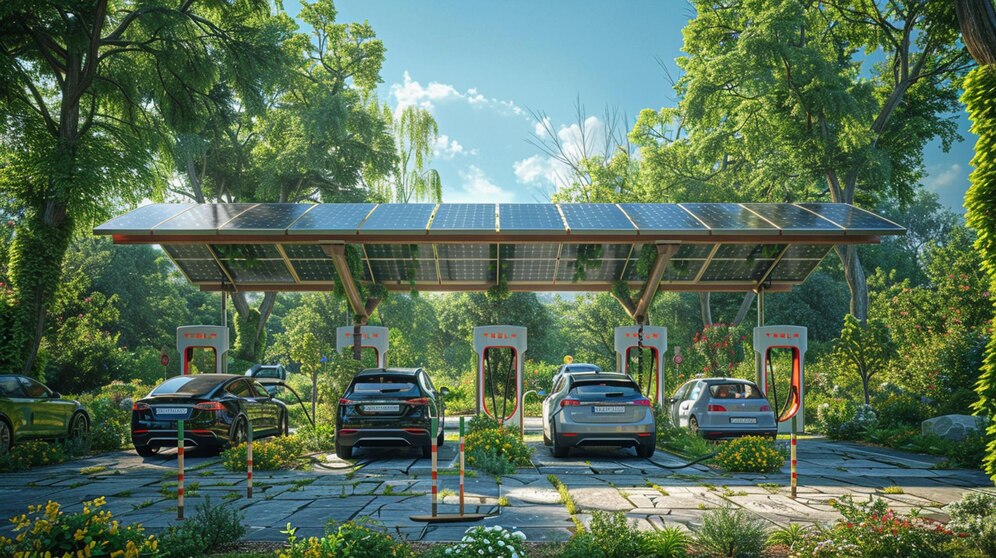Sustainable Travel: How Technology is Reducing the Carbon Footprint of Tourism

Are you in love with traveling from street to street, city to city, and country to country? Have you ever heard of sustainable travel? Yes, I’m talking about the eco-tourism. This trend aims to mitigate the negative impacts of your travel on the environment and the local communities.
In terms of harmful elements, the carbon footprint of tourism plays a significant role. Fortunately, technology is reducing the carbon footprint of tourism. How?
Let’s dive deep into the topic and understand how technology is helping us to follow sustainable travel.
What is the Carbon Footprint of Tourism?
The emission of carbon dioxide (CO2) in the travel process, which causes the greenhouse effect, is called carbon footprint. According to research, the high income countries have a higher carbon footprint because of increasing tourism to those countries.
For instance, entertainment activities like flying in air balloons, traveling in electronic boats, and more are some biggest causes of carbon footprint. The unlimited usage of air conditioners, heaters, and irons also causes greenhouse gas inflation. According to the United Nations World Tourism Organization (UNWTO), tourism accounts for about 8% of global carbon emissions. These alarming statistics further highlight the need for sustainable travel practices and adequate travel agency software that would take into account any aspect of tourism planning you may find necessary
How Technology Reduces the Carbon Footprint of Tourism
Here are some effective ways technology reduces the carbon footprint of tourism.
Digitization
Digitalization is the process of adopting technological methods and eliminating traditional ways of performing specific tasks. For instance, using digitalization techniques and saving paper has made saving records more convenient and environmentally friendly.
Hotels may play a crucial role in reducing energy consumption through an efficient energy-saving approach and air conditioner usage. Individuals also witnessed the electronic vehicles that don’t emit carbon dioxide gas, which means the greenhouse gas won’t be emitted.
This means the environment is safe from greenhouse effects and reduces the temperature in the globe. Without technology, this may not be possible, and digitalization helps individuals to save their houses.
Emerging Technologies
Emerging technologies are also taking part in reducing the carbon footprint of tourism by efficient approaches. Innovating the way people interact with travel and the process of tourism plays an essential role in reducing carbon footprint.
Moreover, emerging technologies integrate green practices with travel journeys, like perfect map tracking and more, to reduce journey time. If someone doesn’t like to spread any minute amount of gas, then he can use Augmented Reality technology to experience the natural sites virtually.
In this way, they don’t need to travel from here to there, waste engine oil, and emit carbon dioxide. This technique allows individuals to use technology and reduce the carbon footprint to save the environment for the next generation.

Renewable Energy
Renewable energy is the most efficient form of technology to make sustainable tourism for better outcomes in the end. For instance, when humans use the water’s potential energy and kinetic energy to make electricity. Then, technology provides support to renew the water’s energy to reduce the carbon footprint by storing the water at the top.
Furthermore, this approach enables individuals to use the water’s energy once again to attain the same amount of energy. In this way, technology is reducing the carbon footprint on the edge to support eco-tourism for a safer environment.
On the other hand, wind energy is a form of renewable energy form where technology plays an essential role. Large fans spin through the air power, and technological fans convert the air energy into electricity, a green practice to reduce carbon footprint.
Innovation for Green Practices
Technology has made it easy for individuals to adopt green practices to support eco-tourism and save the environment’s beauty. When technology allows people to embrace intelligent waste management systems, then they are able to reduce carbon emissions.
As you know before, the lesser the carbon emission, the lesser the greenhouse effect, which reduces the carbon footprint. However, innovation is not directly connected to green practices, but it provides support to do so.
Sustainable Tourism Through Tech
Technology has made everything more straightforward and easy to do. Here, sustainable tourism through technological approaches comes in for a better place to live in. By incorporating green practices with the help of emerging technologies, individuals may execute them to reduce their carbon footprint.
This technique allows users to create a sustainable travel approach to mitigate carbon footprint emissions, save the planet for the next generation, and follow up more green practices. Further, these approaches enable users to an eco-tourism technique for a healthier eco-system for the up coming population.
Carbon Offset Platforms
Such platforms calculate the carbon emissions generated by a trip and provide options for offsetting these emissions through investments in renewable energy projects, reforestation, and other environmental initiatives. Travelers can now easily offset their carbon footprint with a few clicks, making it an accessible option for those looking to travel sustainably. Platforms like Terrapass and Gold Standard enable travelers to contribute to verified carbon offset projects, ensuring that their offsets are making a tangible impact.
The Closing Note
Well, here are some eco-tourism practices to follow to reduce the carbon footprint of tourism to save the environment. No matter if you are a tourist or host, you need to implement technological approaches to save the environment from the negative impacts of tourism.
I have compiled some tactics in which technology helps individuals to save the environment for the next generation. In the above section, you will each tactic with a description and example to handle carbon footprint to save the environment.




